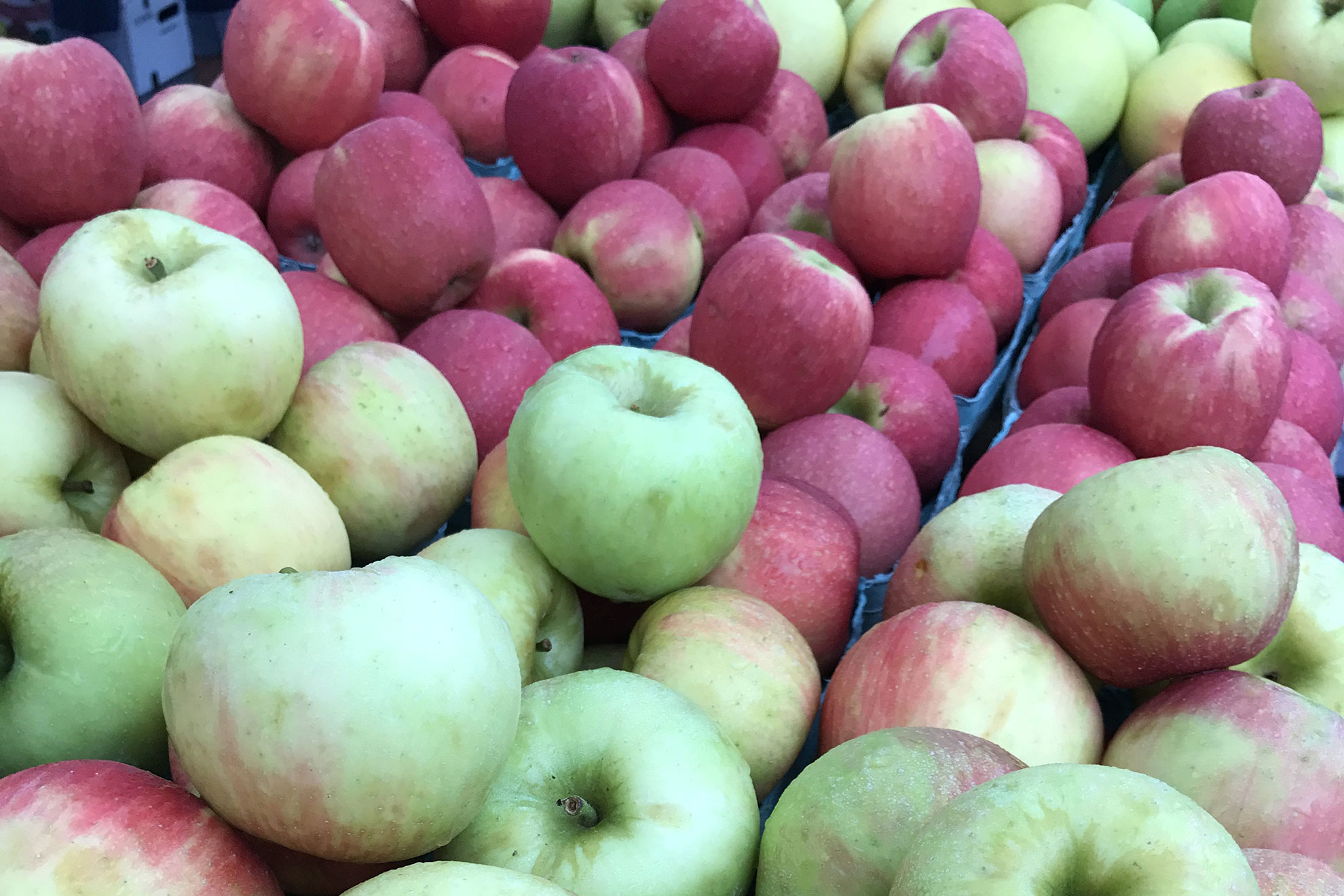Apples are one of the healthiest foods a person can eat. They are high in fiber and vitamin C, and they are also low in calories, have only a trace of sodium, and no fat or cholesterol.
They are high in polyphenols, which function as antioxidants. These polyphenols are found in both the skin of the apples as well as in the meat, so to get the greatest amount of benefits, eat the skin of the apple. The insoluble fiber they contain provides bulk in the intestinal tract — The bulk holds water that cleanses and moves food quickly through the digestive system. They are mainly composed of carbs and water, and despite their high carb and sugar contents, their glycemic index (GI) is low, ranging 29–44.
All of these benefits mean that apples may mitigate the effects of asthma and Alzheimer’s disease, while assisting with weight management, bone health, pulmonary function and gastrointestinal protection. Often called a “miracle food” and “nutritional powerhouse,” an apple a day really may keep the doctor away.
Apples come in all shades of red, green and yellow, and we have many varieties to choose from at the market. There are 7,500 varieties, or cultivars, of apples grown throughout the world.



